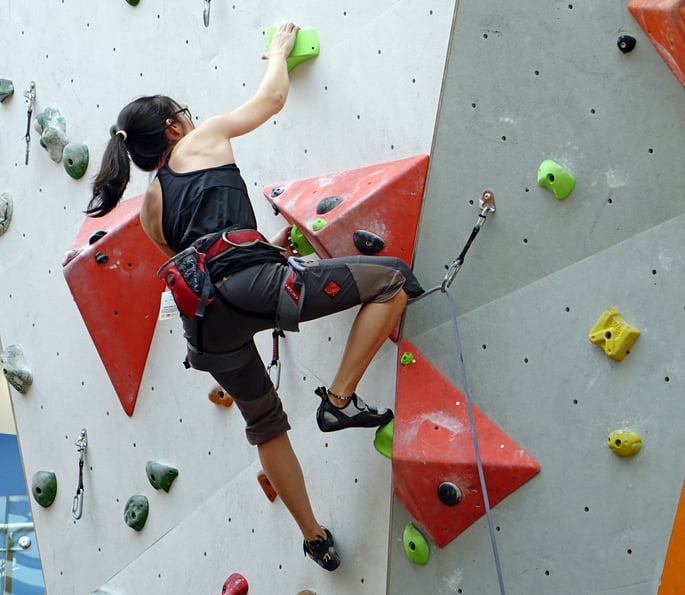The impact play cues have on meeting productivity and creativity climate.
3-minute read
Welcome to another installation of Study of the Month where we use contemporary and classic studies to keep our team thoughtful, reflective, and always learning.
I don’t know about you all, but I have been feeling so full (in a good way!) of content on resilience, change, and overcoming adversity, that I thought I’d sing a different tune and look into research on play in the workplace.
Can play cues actually impact meeting quality?
This is the question researchers Samuel West, Eva Hoff & Ingegerd Carlsson wanted to understand in this Study of the Month. Researchers studied 164 participants in 18 meeting groups, consisting of a control and experimental group. Participants came from different types & sizes of organizations, and included different types of teams (e.g., sales, marketing, IT, HR). Researchers were primarily interested in understanding the impact play cues had on meeting playfulness, productivity, and creativity climate. (Note: Teams high on creativity climate have a clear vision, psychological safety, are focused on outcomes, and expect innovation).
The setup.
Participants were in conference rooms that either had a typical gift style box with chocolate and assorted fruits (control group) or a room with playful cues on the table (experimental group). Play cues included childish candies, plastic blocks, sticky mustaches, nerf guns, and instructions to play a “silly meeting game” where participants throw up their hands while shouting “life is fantastic” when they notice other participants touching their faces during the meeting (clearly this was pre-COVID!). Importantly, there were no requirements that they use these cues. The researchers simply left them there.
The theory.
Researchers believe play is associated with creativity because it likely leads to mental flexibility and more non-judgement of our own and other’s ideas. In fact, some research has even found that play can increase team performance due to the laugher communication it can create. While the benefits of play are becoming more known, what has been harder to uncover are the ways to create play in the workplace.
Play at work has often been studied from a trait perspective. Meaning, there is a belief that some people and teams are naturally more playful than others. However, research has suggested that playfulness might also be state-based.
Some state based studies have found that people experience an increase in creativity when they actively engage in reframing situations and tasks as play. Another way researchers have tried to study state based play is through “managed play” where adults are asked to play a game to bring about more playfulness (think cheesy icebreaker games).
Here’s what they found.
Playful cues had statistically significant impacts on meeting creativity climate, playfulness, and productivity. Meaning the cues worked (to varying degrees)!
The Takeaway.
Buy yourself self-adhesive mustaches. End of story! And… What I find to be one of the more defining features of the study was the impact the mere presence of play cues had on the meeting quality. These cues present people with the opportunity to engage in play rather than force or manufacture it, which allows play to happen naturally and authentically. This type of play likely then leads to the laughter exchange that results in higher performance for teams.
CTA (Call to Action)
Clearly this makes me think about LifeLabs’ value of finding a way to play. Specifically, thinking about the ways we can create cues to play during our virtual meetings, workshops, and calls. My challenge is to find the small ways you can pepper your own wfh (work from home) office that you can incorporate into your daily meetings. For me, I am starting by bringing my unicorn headband a little closer to my desk.
What you got? Let us know in the comment field below.


